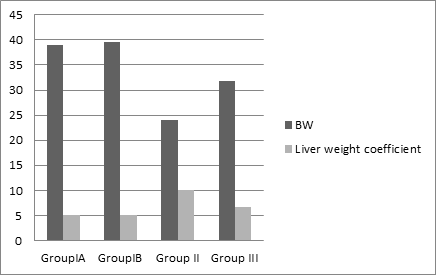Oleanolic acid derivatives exhibit potent anticancer activities against numerous types of cancer. However, the antitumor activity of oleanolic acid methylester (OAME), an oleanolic acid derivative, against prostate cancer has not been studied. Hence, the present work was conducted to study the anticancer activities of OAME. Viability assay showed that treatment of cancer cells with OAME induced a significant cell death ...
Read more








